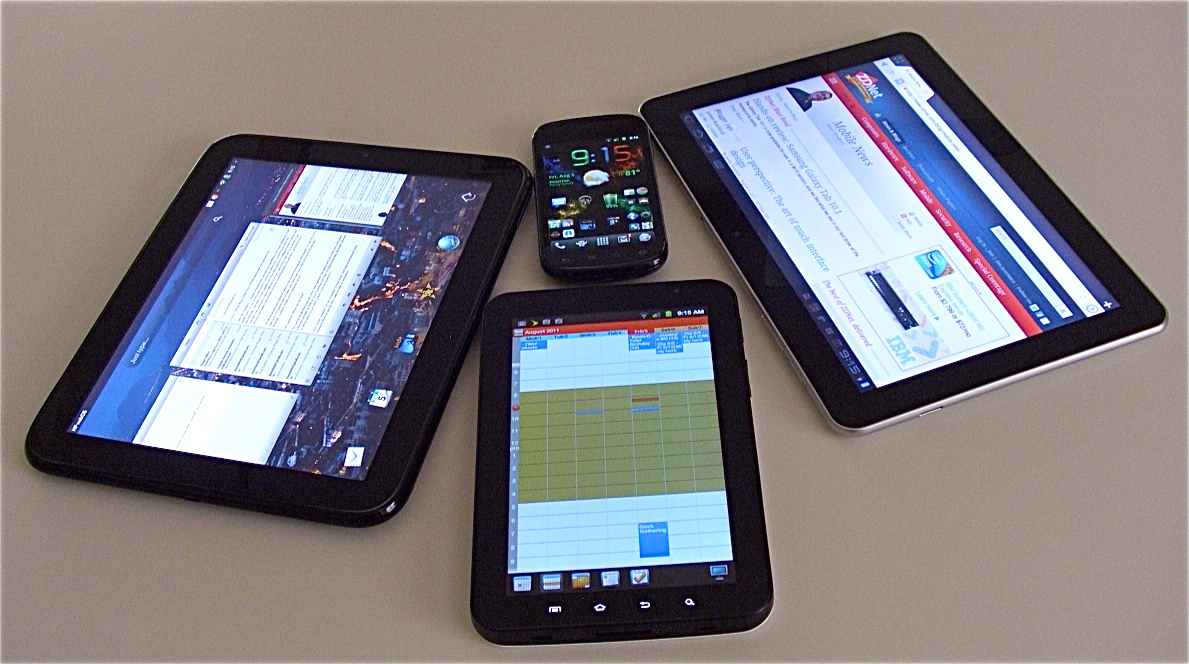The ABCs of BYOD for the SMB


BYOD is not for everyone
Many employees are perfectly fine with the company handing out phones or tablets to use at work. They don't want to use their own purchased equipment for the good of the company. Others would rather have their own gadgets on hand, even for work, and are willing to use them for the good of the employer.
Dissatisfaction over the equipment used by the company is a common motivator for employees wanting to bring their own device. People buy what they like, and some hate other solutions, especially those provided by the company. Others prefer the simple approach, and just having one device to deal with is better. No more having one phone for personal and another for business.
Think BYOD through before allowing it in the workplace
Companies considering letting employees bring their own device to use for work should first think through the ramifications for doing so. Having employees use their own equipment means clearly defining what that means in practice. People think of their own gadgets as their own, but BYOD is a gray area.
Related: Q&A: What BYOD means for IT
Two things are important for both employees and employers to remember in BYOD situations: the gadgets belong to the employee, but anything created on them for work belongs to the company. That sounds obvious but people tend to think what they do with their own phone (or other gadget) belongs to them. The reality is that any information, whether document, photos, notes or similar content, created at work for work belongs to the company.
This should be spelled out clearly in policies and procedures dealing with the BYOD scenario before kicking it off. Both sides should understand who owns what, and what that means, before the first employee brings the first gadget for work.
When folks use their own devices for work, it is inevitable that they will end up with potentially sensitive company (or client) information on their gadget. This requires sensible procedures to make sure that information stays protected through both company and personal use of the device. These need to be clearly defined and understood before the gadget hits the desk.
Prepare for the unexpected
Certain rare situations will end up happening, and everyone needs to be ready to handle them. Devices are lost or stolen every day in this big, bad world, and sooner or later will happen in BYOD situations. Lay out precise steps for the employee to take when this happens, and when they should do them.
It would help if the personal device could be remotely wiped in the event it disappears. There are apps available for most platforms to do this, and they should be a part of the program from the beginning. While the employee owns (and is responsible for) his/her gadget, any work data belongs to the company and it is up to the employer to protect that.
How to handle down-time
Current gadgets are pretty well-made, but sometimes they fail. This means unplanned down-time as the employee deals with the failed device. Whether that entails a visit to the local Genius Bar or returning the gadget to the manufacturer for repair/replacement, there will usually be a period where the device is not available for use.
The company needs to be prepared to provide a temporary device for the employee to use during such periods. While the personal gadget is the responsibility of the employee, the company doesn't want no work to happen while it is out for repair. That means a loaner of some time to keep the gears turning in the workplace.
The same concerns about company data for missing gadgets apply to those being returned for service. Lay out the procedure for protecting the data before any device is sent out for repair by the employee.
Address potential collaboration issues
While the popular sentiment claims mobile devices are only good for consuming content, savvy users know that is not the case. Workers willing to bring their beloved device to work are probably already creating content on the gadget. It makes sense to understand this will happen, and address it in the procedures defining the BYOD situation.
You don't want your employees suddenly receiving documents or information in formats that can't handle, so define what should be used. It is better to use common formats such as PDF or others commonly used for documents. Dictate what should be used by the mobile worker to keep things going smoothly.
Companies normally load up company gadgets with official apps, so do the same for personal devices being used. This keeps everyone working together smoothly, and shifts the cost of the tools to the employer where it belongs.
The BYOD phenomenon is coming, embrace it
These are by no means all of the issues that BYOD will create, and policies will need to adjust to handle new ones as they occur. This is a totally new frontier for the enterprise, and surprises will happen from time to time.
It is vital to approach this with the proper attitude on both the part of the worker and the company. Do not be too heavy-handed in defining the rules, as the workers are using their own property. Be realistic in doing just what is needed to protect company information, and a happier workplace will be the result.
Related:
- The key to lower price Ultrabooks? One word: Plastics
- HP’s new laptop lineup: Will consumerization kick in?
- Samsung raises design bar with Series 9 laptop
- CNET: HP updates Pavilion laptops, including new m6 fauxtrabook
- HP announces Envy ultrabooks, ’sleekbooks,’ business-targeted EliteBook Folio
- Mobile all-in-one stands out among trio of new HP printers
- ZDNet UK: HP delivers EliteBook Folio ultrabook for business
- Intel plays up user experience over hardware on Ultrabooks